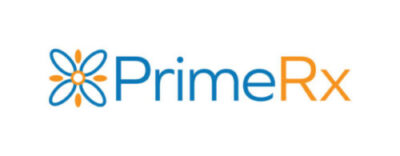May is Mental Health Awareness Month – How Pharmacies Promote Patient Well-Being

Introduction
Although May is officially designated as “Mental Health Awareness Month,” pharmacists understand that attention to good mental health is a 24/7 proposition. According to the National Community Pharmacists Association (NCPA), pharmacy staff members “are more likely to need to respond to a mental health episode than to a situation requiring basic life support or CPR.”
A few sobering statistics from the National Alliance on Mental Illness (NAMI) reveal just how prevalent mental health issues are within the U.S. population:
- One in five adults experience mental illness each year.
- One in 20 adults experience a serious mental health issue each year.
- 17% of youth aged 6-17 experience a mental health disorder each year.
- Suicide is the second leading cause of death among children between the ages of 10 and 14.
- Suicide is the 12th leading cause of death overall in the U.S.
- 50% of all lifetime mental illness begins by age 14, and 75% by age 24.
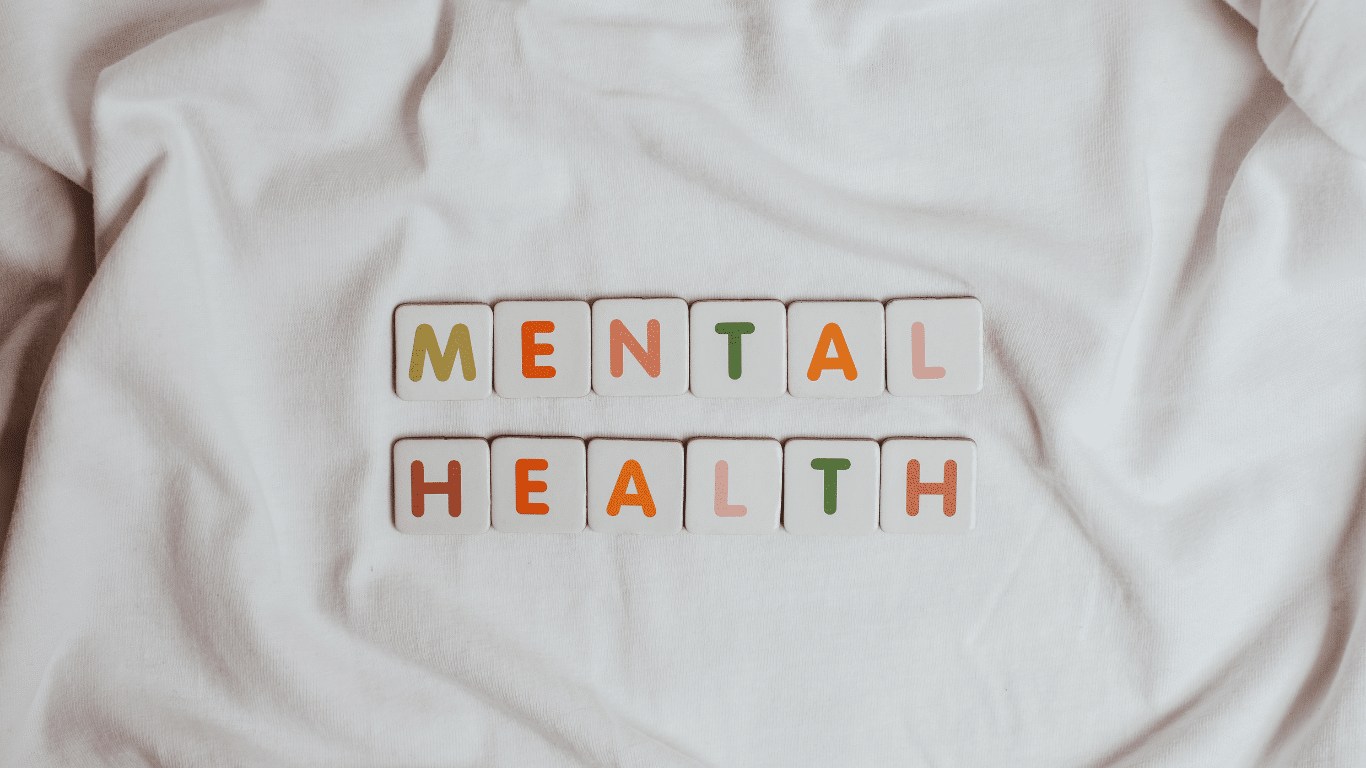
What is a mental illness?
But what exactly do we mean by “mental illness?” A definition provided by NAMI describes it as “a condition that affects a person’s thinking feeling, behavior or mood. These conditions deeply impact day-to-day living and may also affect the ability to relate to others.” Several conditions fall within the “mental health” category, according to NAMI, including:
Anxiety Disorders
Anxiety Disorders: Anxiety disorders are the most common mental health condition in the United States, affecting more than 40 million U.S. adults – almost 20% of the population.
The condition generally refers to “feelings of intense fear and distress” that can become so overwhelming they prevent an individual from engaging in everyday activities. Anxiety disorders can manifest themselves in different ways that include:
- Generalized Anxiety Disorder (GAD) which is marked by “chronic, exaggerated worrying about everyday life.” A person suffering from GAD may spent hours each day worrying about various matters, causing disruption to daily activities and relationships.
- Social Anxiety Disorder in which an individual has an intense fear about social interactions. An individual may choose to disengage from public outings or interactions due to an “irrational worry about humiliation,” such as saying something inappropriate or incorrect.
- Panic Disorder which is characterized by panic attacks and sudden feelings of terror striking suddenly and without warning. Panic attacks are sometimes mistaken for heart attacks due to their physical symptoms that include chest pain, heart palpitations, shortness of breath, and stomach upset.
- Phobias refer to reactions to certain places, events or objects that result in irrational fear. In some instances, notes NAMI, a phobia can be so severe, that efforts to avoid triggering a reaction “can take over a person’s life.”
Treatment
- While each patient’s anxiety disorder will have a unique treatment plan, common remedies include:
- Medications including anti-anxiety medications and antidepressants.
- Non-medication techniques including stress and relaxation practices.
- Psychotherapy including cognitive behavioral therapy.

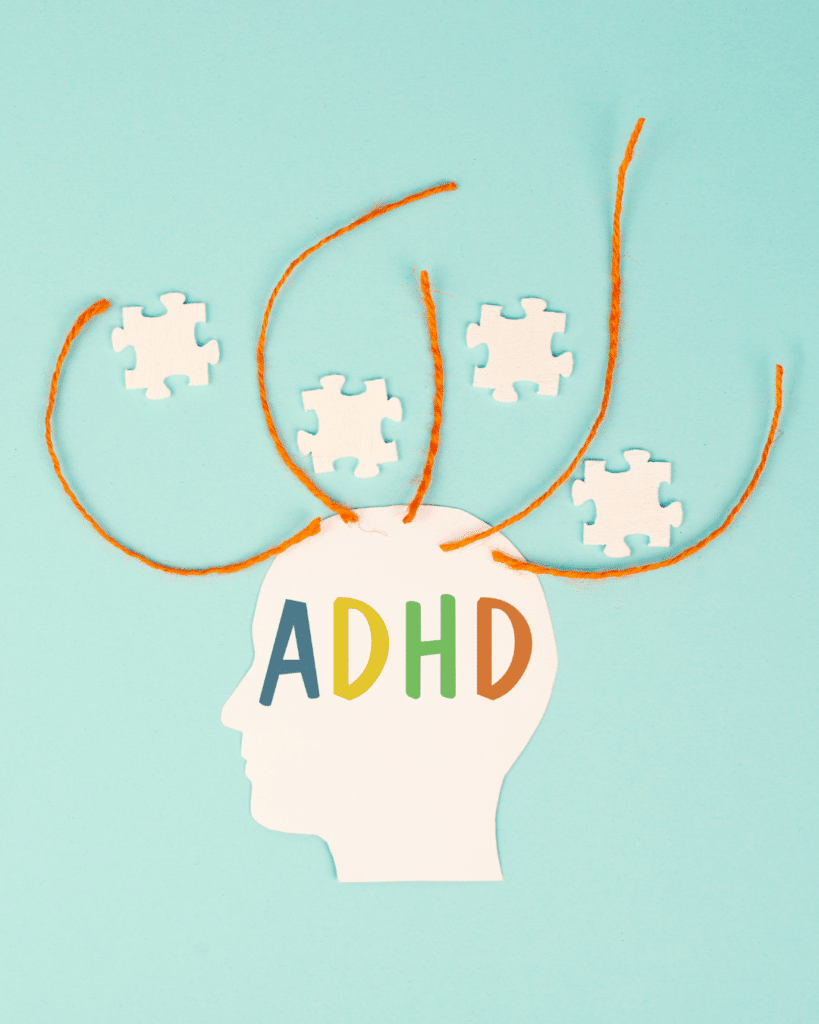
ADHD
Attention Deficit Hyperactivity Disorder (ADHD): An estimated 8.8% of children between the ages of 4 and 17 have been diagnosed with ADHD, with an estimated 4.4% of U.S. adults affected by this condition.
ADHD is characterized by “inattention, hyperactivity, and impulsivity,” with common symptoms that include:
- Acting without regard for consequences, blurting things out.
- Difficulty taking turns, waiting, or sharing.
- Interrupting others.
- Difficulty following directions or performing quiet tasks.
- Non-stop talking.
- Difficulty focusing on a task or following directions.
- Not listening, daydreaming, or lack of motivation.
Treatment
- ADHD can usually be effectively managed with individuals able to lead engaged, productive lives. Common treatments include:
- Medications including stimulants, non-stimulants, and antidepressants.
- Behavioral therapy.
- Self-management and education programs.
Depression
Depression: While everyone experiences periods of sadness, for some individuals, those periods can last for extended periods of time and pose serious risks. NAMI estimates that 21 million U.S. adults – 8.4% of the population – experienced a major depressive episode in the last year, lasting longer than two weeks. Symptoms of a depressive episode include:
- Suicidal thoughts or intentions.
- Feelings of low self-worth, guilt, or shortcomings.
- Difficulty concentrating or making decisions.
- Loss of interest or loss of pleasure in all activities.
Treatment
- NAMI notes that while depressive disorder can be a “devastating illness,” certain treatments can be effective. A critical first step though, is to ensure a safety plan, including a medical assessment, is in place for individuals with suicidal thoughts. Other treatment options can include:
- Medications including antidepressants, mood stabilizers, and antipsychotics.
- Psychotherapy including cognitive behavioral therapy, family-focused therapy and interpersonal therapy.
- Exercise.
- Brain stimulation therapies.
- Alternate therapies including acupuncture, meditation, and faith and nutrition which can be part of a comprehensive treatment plan.

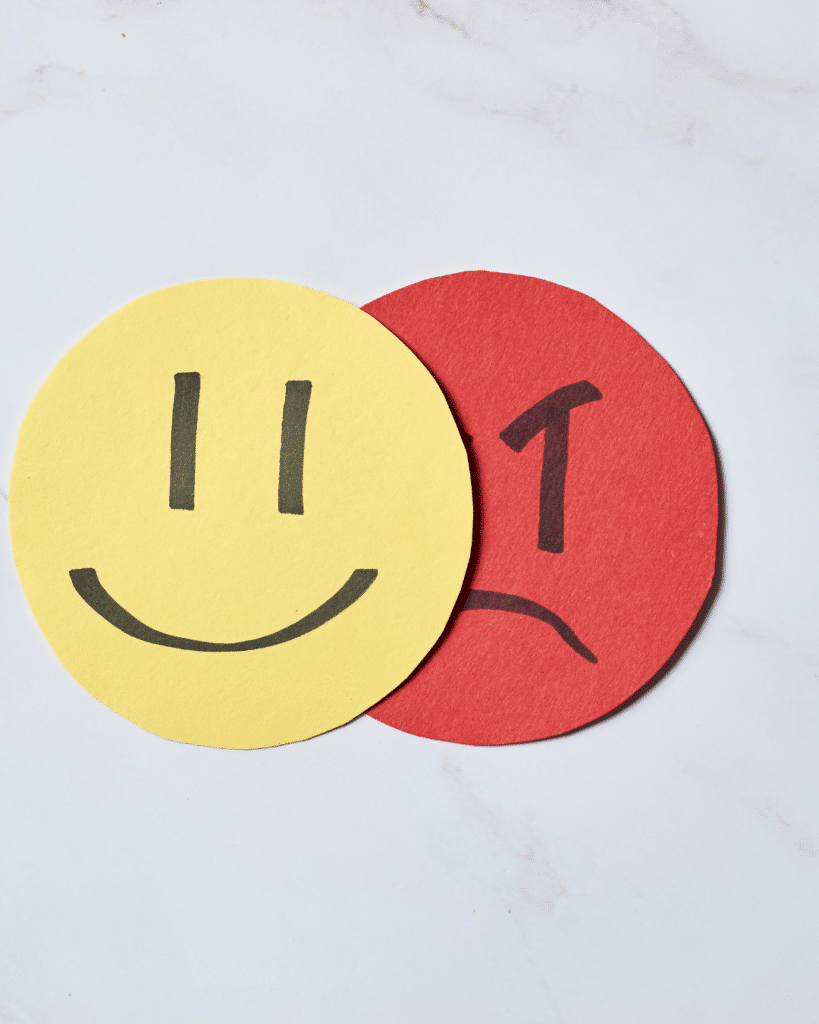
Bipolar Disorder
NAMI defines bipolar disorder as “a mental illness that causes dramatic shifts in a person’s mood, energy and ability to think clearly. People with bipolar experience high and low moods – known as mania and depression – which differ from the typical ups-and downs most people experience.”
The condition affects an estimated 2.8% of the U.S. population, with the average onset occurring at about 25 years of age.
Treatment
- Common methods for treating bipolar disorder include:
- Medications including mood stabilizers, antipsychotics and antidepressants.
- Psychotherapy such as cognitive behavioral therapy and family-focused therapy.
- Self-management strategies including education and recognition of symptoms.
- Lifestyle approaches including aerobic exercise, meditation, faith and prayer, which can support, but not replace, treatment.
Eating Disorder
Several conditions fall under the “eating disorder” category, with each related to extreme food and weight issues. An estimated 9% of the U.S. population – almost 30 million people – will have an eating disorder in their lifetime, according to the National Association of Anorexia Nervosa and Associated Disorders (ANAD). This includes 15% of American women, only 27% of whom will receive treatment for their condition.
Eating disorder conditions, described by NAMI, include:
- Anorexia Nervosa. Extreme denial of food to the point of self-starvation in response to an extreme obsession about weight loss.
- Bulimia. Binge sessions in which large amounts of food are consumed, followed by obsessive efforts to eliminate the extra calories by forced vomiting, laxatives, or excessive exercise.
Treatment
- Eating orders can be managed using techniques that include:
- Medications including antidepressants and anti-anxiety drugs.
- Nutritional counseling.
- Psychotherapy.

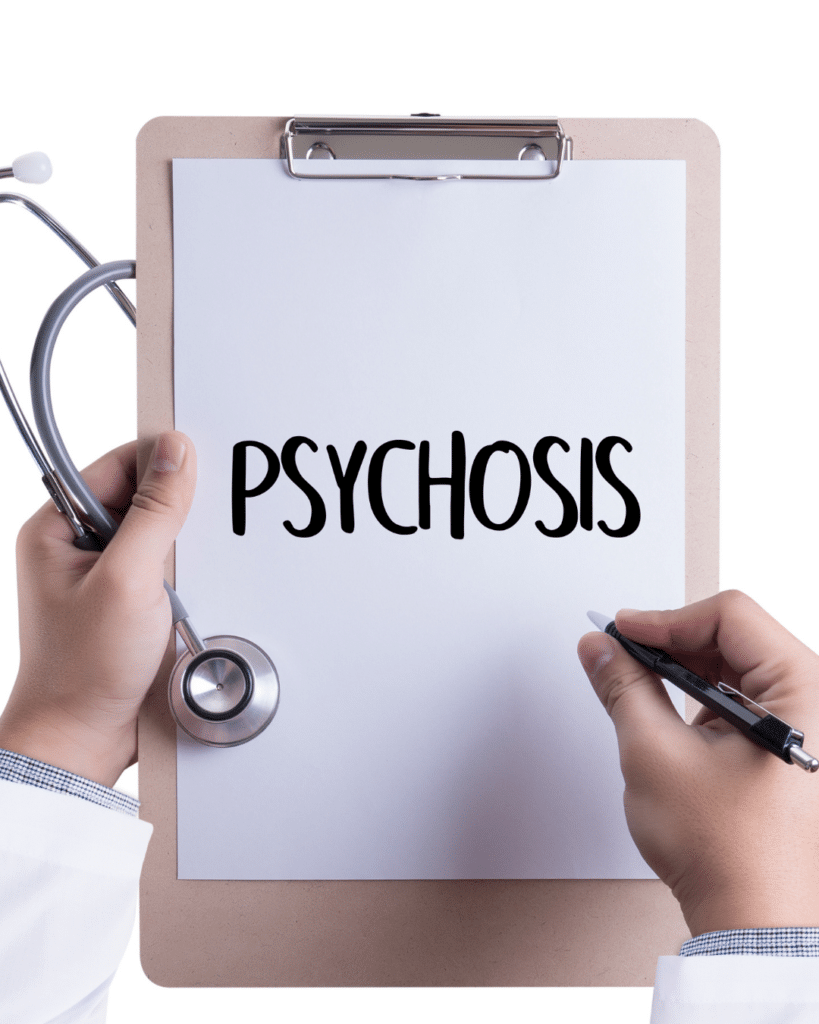
Psychosis
- In the United States, roughly 3 in 100 people will experience a psychotic episode at some point in their lives, with psychosis defined by NAMI as “disruptions to a person’s thoughts and perceptions that make it difficult for them to recognize what is real and what isn’t.” Psychotic episodes are often marked by “seeing, hearing, and believing things that aren’t real or having strange, persistent thoughts, behaviors, and emotions.” While psychosis comes in many forms, all experiences can be frightening and confusing.
Treatment
- Proper treatment, including early detection, is essential for effective management. According to NAMI, a treatment approach called Coordinated Specialty Care (CSC) has shown significant success. CSC relies on a team of health professionals and specialists who work with a patient to create a personal treatment plan.
- Other treatment options include medications and psychotherapy.
Schizophrenia
Schizophrenia is a complex, serious mental illness that affects an estimated 2.4 million U.S. adults. The disease interferes with a person’s ability to think clearly, manage emotions, make decisions and relate to others. People afflicted with schizophrenia may experience hallucinations, delusions or disorganized speech, among other symptoms.
Treatment
Schizophrenia may be treated – but not cured – through methods that include:
- Antipsychotic medications.
- Psychotherapy, such as cognitive behavioral therapy and assertive community treatment.
- Self-management strategies and education.
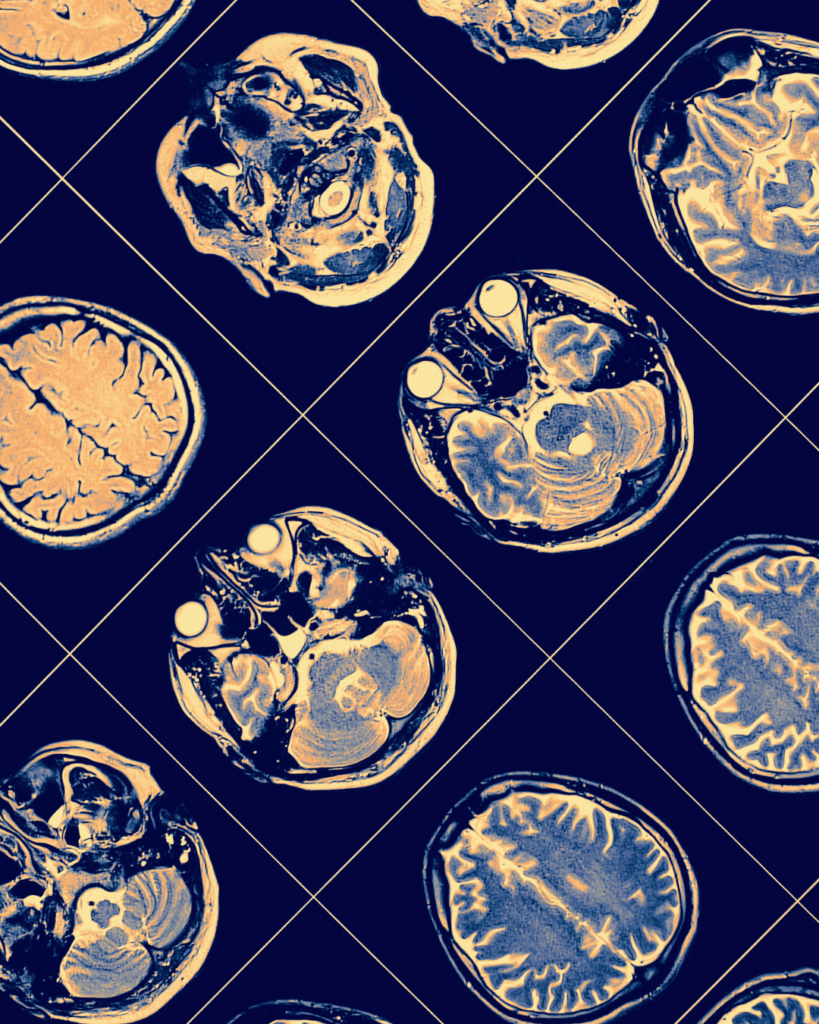
As this overview makes clear, mental health comes in many different forms, and will manifest itself differently from one patient to the next. But given the serious – indeed deadly – risks associated with mental illness – proper diagnosis and treatment are essential.
Pharmacists, naturally, have an important role in helping to address what the
Centers for Disease Control (CDC) has declared a “mental health crisis.” As the healthcare providers who see patients as many as 10 times more frequently than primary care physicians, pharmacists are well positioned to detect a patient’s mental health symptoms, and serve as the front-line of defense in recommending treatment.
And make no mistake, pharmacists are highly engaged. The American Pharmacists Association (APhA) reported on a 2023 survey of community pharmacists in which an overwhelming majority said they had interacted with someone displaying suicidal warnings. This included patients who appeared distressed (96.3%), made concerning statements related to suicide (23.8%), or disclosed suicidal thoughts (8.8%).
Ways Pharmacists Can Support Patient Mental Health
But how exactly can pharmacists engage with patients about their mental health? Following is an overview of several ways in which pharmacies can be of assistance.
Medication Accessibility and Affordability. Pharmacists can help ensure patients have seamless access to their prescribed medications, and that timely refills are provided when required. This is an area in which technology, including the PrimeRx pharmacy management system, can be especially helpful. A few PrimeRx capabilities in this area include:
- Medication availability. Pharmacies can ensure hard-to-find medications are always available by taking advantage of the PrimeRx Market online marketplace. Through PrimeRx Market, pharmacies have direct access to more than 40 drug wholesalers and suppliers. With just a few keystrokes a pharmacy can have a comprehensive listing of all suppliers that carry a required drug, along with detailed pricing information. Through PrimeRx Market, pharmacies have real-time information about medication availability, and the ability to quickly locate – and purchase – patients’ required medications.
- Real-Time Prescription Benefit by Surescripts. Pharmacies have direct access to the Real-Time Prescription Benefit solution which helps address medication accessibility and affordability. The solution seamlessly reviews a patient’s plan and determines if a prescribed medication is covered, and identifies out-of-pocket costs. Should a medication not be covered, or include a steep copay, the solution will identify less-costly therapeutic alternatives. In addition, if a medication requires a prior authorization, the solution will look for an alternative that does not require this time-consuming extra step.
- Coupons. PrimeRx also helps address affordability by identifying relevant manufacturer coupons and applying them at point-of-sale. The system determines if a patient is eligible for a particular coupon, and allows the patient to achieve immediate cost savings, right at the pharmacy register.
- Refills Management. The system automatically alerts a patient when a medication needs to be refilled. Once the patient approves the refill, the prescription is moved into the dispensing queue and filled. The patient is notified that the refill is ready for pickup, with reminders sent should the medication remain in the bin.
Patient Engagement. Pharmacists can provide valuable assistance to patients by listening to their concerns and detecting any warning signs that a patient may be in distress. The pharmacist can use this information to instruct a patient about care options or, should a patient exhibit thoughts about self-harm, to secure emergency assistance.
Educational information. Pharmacists have access to informational brochures and handouts that can be shared with patients. This includes complementary materials produced by organizations including:
Hotline Information. In addition to printed materials, many health organizations maintain hotline numbers that are staffed with trained healthcare professionals. Pharmacists should keep these numbers handy and make them available to patients in need of assistance. This includes the 988 Lifeline which is a national mental health hotline, accessible 24/7/365.
Community Mental Health Referrals. As integral members of their communities, pharmacies are well-positioned to direct patients to the appropriate mental health facility or professional. Pharmacists will typically have relationships with local care facilities, and a good understanding of the services each facility offers. By sharing this information, pharmacies can eliminate the need for patients to look up this information on their own, which often results in a patient choosing to forego care.
Staff Training. As mentioned previously, pharmacy staff members are more likely to need to respond to a mental health episode than to a situation requiring CPR or other basic aid. It’s essential then, for staff members to know how to respond to a patient exhibiting signs of mental health distress. NCPA offers Mental Health First Aid (MHFA) training sessions throughout the year that include information about how to identify and respond to mental health episodes. In addition, training sessions are frequently offered by local mental health facilities, and by the organizations mentioned above.
Equipping Pharmacies for Everyday Mental Health Care
As pharmacists prioritize the mental health needs of their patients, they must avail themselves of all tools and resources available to help. This includes the many capabilities offered through the PrimeRx pharmacy management system, as well as the PrimeRx Market online marketplace.
Although we highlight mental health during the month of May, pharmacists understand the need to focus on patient wellbeing every day of the year.

